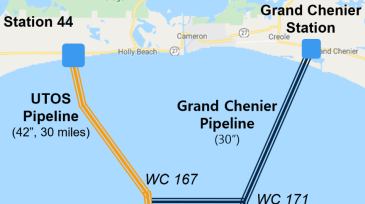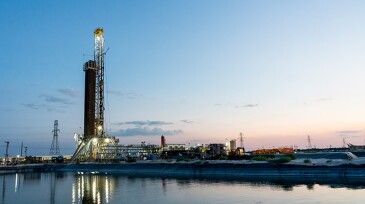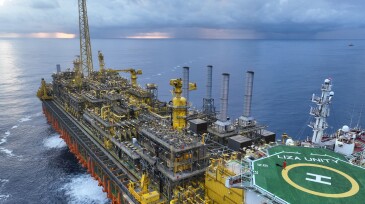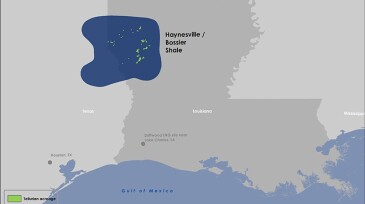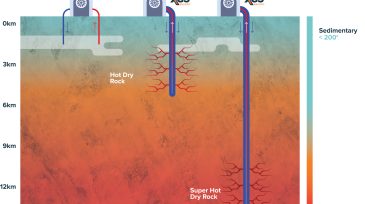Management
The agreement requires the partners to conduct their own proprietary 3D survey of Block 8 in hope of zeroing in on the sweet spot that eluded the TotalEnergies-led consortium when it drilled a dry hole in an adjacent block in 2023.
Murphy Oil’s Hai Su Vang (Golden Sea Lion) appraisal well reinforces the commerciality of the 2025 discovery.
The London-headquartered independent acquires position in the US Gulf while preparing Zama for final investment decision.
-
An analysis from the Energy Workforce & Technology Council found that the sector's job availability for January 2024 decreased by 0.6% compared with December 2023.
-
Specialty forgers manufacture custom, seamless rolled rings in a variety of materials and finishes in as little as 8 weeks.
-
BP will offer up development concessions while ADNOC will provide cash for growth opportunities.
-
Mitsubishi, Kraft Heinz, and Petrobras develop plans for hydrogen plants, and the US Department of Energy funds projects throughout the country.
-
Sales price will be linked to the Japan Korea Marker for a 20-year period.
-
Long the subject of rumored deals, Endeavor Energy is being snapped up at last in a deal valued at $26 billion.
-
ExxonMobil’s Liza Phase 1 and Phase 2 project and ADNOC’s CCUS Evolution Journey were the winners at the conference taking place this week in Dhahran.
-
SEG and SPE join forces to offer access to a robust research portal that harnesses the power of AI and ML.
-
The company looks to focus its efforts on getting phase one of its Driftwood LNG up and running by shedding Haynesville acreage.
-
Backed by more than $28 million in fresh investments, XGS Energy is prepping to introduce a new technology called thermal reach enhancement.








